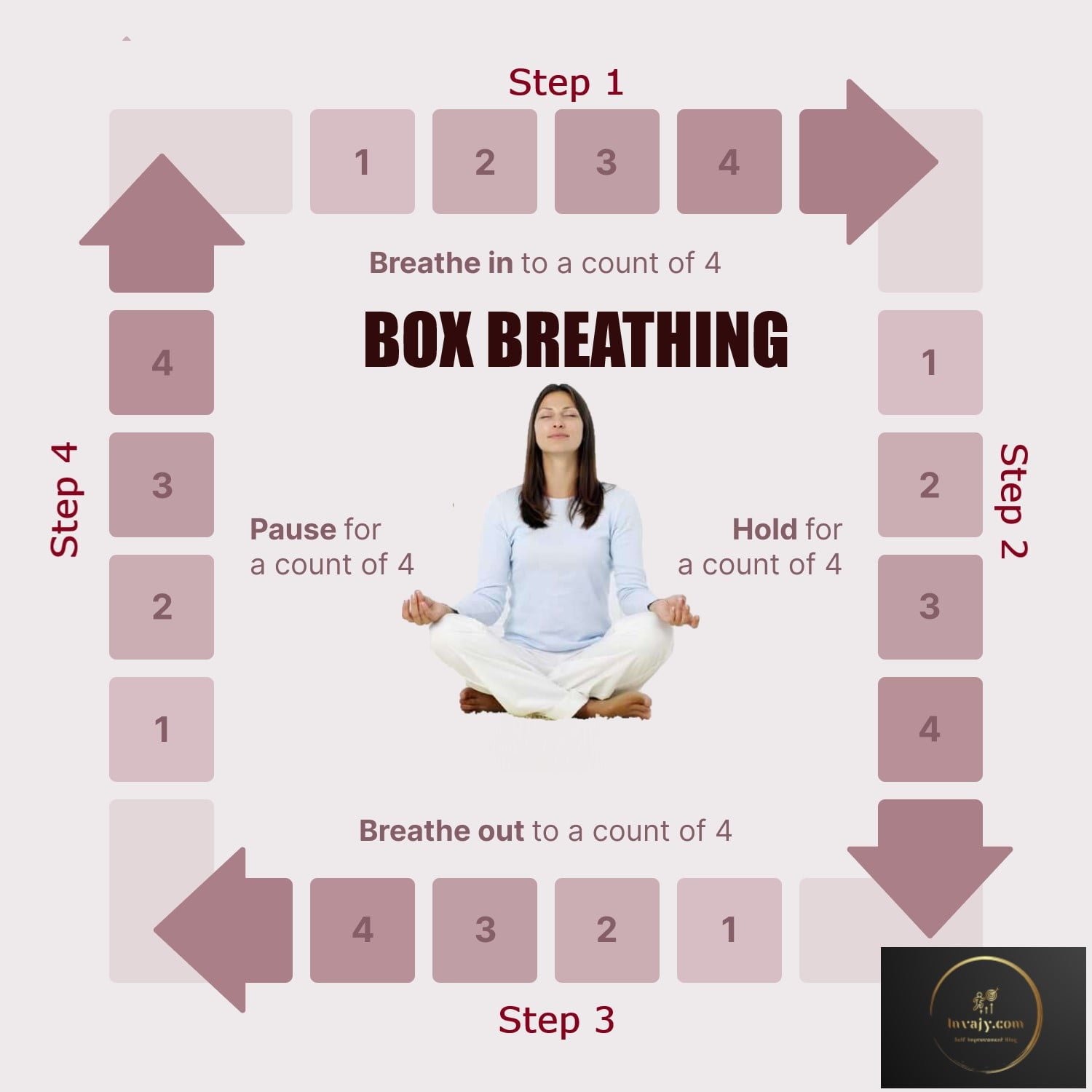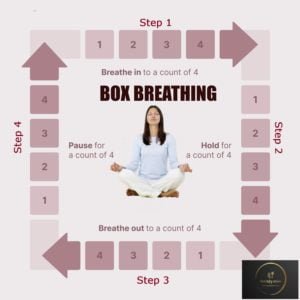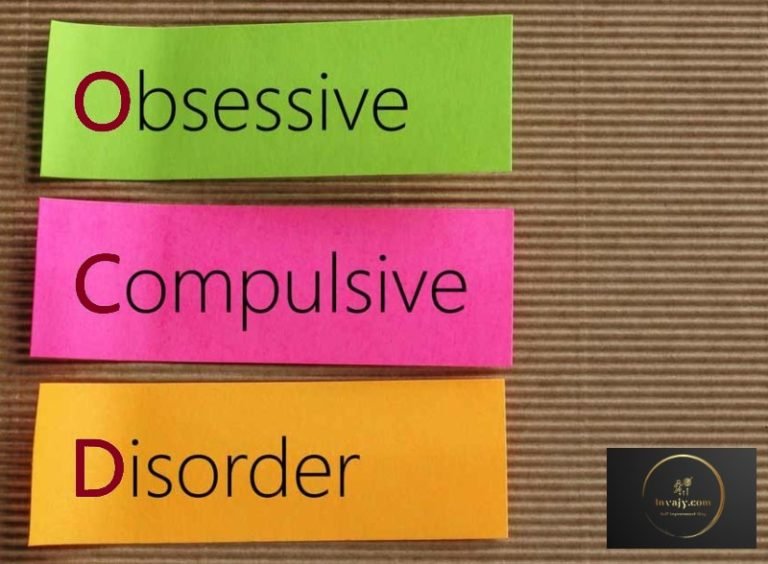Box Breathing | Relaxation through Deep Breathing Technique
Master stress relief with Box Breathing. Learn this simple technique—inhale, hold, exhale, and pause for equal counts—to calm your mind, improve focus, and enhance relaxation in just minutes.

‘Take a deep breath’… ‘Relax’. It is often easier said than done. We live in a fast-paced life, where distractions are endless and moments of relaxation can seem elusive. Without taking these important moments of rest, however, we risk increasing our stress levels beyond control and eventually burning out. Moderate level of stress is good, like when you are about to appear in interview for a job, write an important exam, or drive in a snowstorm. Extreme or relentless stress, however, can have harmful effects on your mind and body and can lead to mental and physical deterioration. Keeping this in view, it is important to relax and alleviate stress. Deep breathing exercises such as Box breathing, also known as Square breathing can help you reduce stress, slow down and ultimately eliminate those invasive thoughts and inner clutter.
Box breathing, also known as resetting the breath or four-square breathing, is easy to do, quick to learn, and can be highly effective in stressful situations.
People with high stress jobs, such as athletes, U.S. Navy SEALs, cops and soldiers, often use box breathing when their bodies are in fight-or-flight mode. This technique is also relevant for anyone interested in re-centering themselves or improving their concentration.
Contents
How does Box Breathing work?
Box Breathing is a powerful and simple relaxation technique that helps you slow down your breathing. This aims to return breathing to its normal rhythm after a stressful experience. It works by distracting your mind as you count to four, calming your nervous system, and decreasing stress in your body. It helps you improve their concentration and think clearly. Box breathing lowers blood pressure and decreases Cortisol — a stress hormone — which can improve your mood.
Box Breathing Technique Benefits
There are umpteen benefits of the box breathing method. Here are the proven advantages:
- Increases mental clarity, energy, and focus.
- Improves future reactions to stress.
- Regulates autonomic nervous system.
- Reduces stress and worry.
- Treats generalized anxiety disorder.
- Positively affects emotions and mental well-being.
- Eliminates sleeping disorders.
- Increases concentration, reduces mental chatter and distractions.
- Helps in chronic pain management.
- Reduces physical stress symptoms in the body.
- Helpful in a lung disease such as chronic obstructive pulmonary disease (COPD).

What is Box Breathing?
Also known as four-square breathing or Sama Vritti Pranayama, Box breathing technique helps you take control of your automatic breathing patterns to train your breath for optimal health and performance. Box breathing is very simple to learn and practice. In fact, if you’ve ever noticed yourself inhaling and exhaling to the rhythm of a song, you’re already familiar with this type of paced breathing. Box breathing technique has four equally lasting main parts: inhale, hold, exhale and pause.
Getting Started with Box Breathing
- Find a designated time and place.
- Sit in a chair, stand, or lie down on your back with one hand on your chest and one hand on your stomach. When you sit on a chair, ensure that your back is supported and your feet are firmly on the floor. You can also sit cross-legged on the floor or on a cushion or on a yoga mat. In this posture, you can place your palms up on your knees. A back support on a wall can be taken.
- Gently close your eyes.
- Breath as you would normally for a minute.
- Observe the rise and fall of your chest and stomach.
- If you notice that your chest is rising but your stomach is not, you are shallow breathing. If your stomach is rising, you are deep breathing activating full relaxation in your body.
- Be aware of your breath to ensure that you are taking deep breaths, allowing your stomach to rise.
- Before you begin, exhale all of the air out of your lungs.
How to do Box Breathing Exercise?
Once you are ready in a comfortable position, here are the core steps of Box Breathing exercise.

Step 1 – Slowly Inhale
Inhale slowly and deeply through the nose to a count of four. Feel the air fill your lungs, one section at a time, until your lungs are completely full and the air moves into your abdomen.
Step 2 – Hold your breath
Hold the air in your lungs for a count of four.
Step 3 – Slowly Exhale
Slowly exhale through your mouth, getting all the oxygen out of your lungs. Focus on this intention and be conscious of what you’re doing.
Step 4 – Pause
Pause and keep your lungs in an empty state for a count of four.
Box Breathing Step 5 – Repeat the Cycle
Begin the pattern anew. Hold your breath for the same slow count of four before repeating this process. Repeat these steps one through four as many times as you can.
Practice the above for a total of five to ten minutes. Gradually you may increase the time.
Initially, you can practice the box breathing with a count of four. Later on you can increase the step durations. When ready you can increase the step durations to a count of eight.
Box Breathing Video – How to do it?
With only four steps, box breathing is possible for anyone to learn. It can add more consciousness and relaxation to a person’s daily routine.
Tips for Beginners
If you’re a beginner and new to the box breathing technique, it may be difficult to hang on initially. You may feel dizziness after a few rounds. This is absolutely normal. As you will practice more, you will be able to it for longer time, without any signs of dizziness. If you get dizzy, stay sitting for a couple of minutes and resume to normal breathing.
To help you focus on your breathing, find a quiet, dimly lit environment to practice box breathing. It should be free from distractions and ensure no one disturb you in between. This isn’t at all necessary to perform the technique, but it can help you focus on the practice if you’re new to it.
Ideally, you’ll want to repeat the box breathing cycle four times in one sitting.
Do box breathing several times a day as needed to calm your nerves and relieve stress.
Over to You
That’s all from my side in this article. Thank you for reading this. I hope this informative write-up on Box Breathing will help you to de-stress and relax. Over to you now, if you have any questions or queries related to ox Breathing, please feel free to ask them in the comment section, they are much appreciated.
If you have liked this article on ox Breathing, please share it with your friends and relatives at your favorite social networks.






